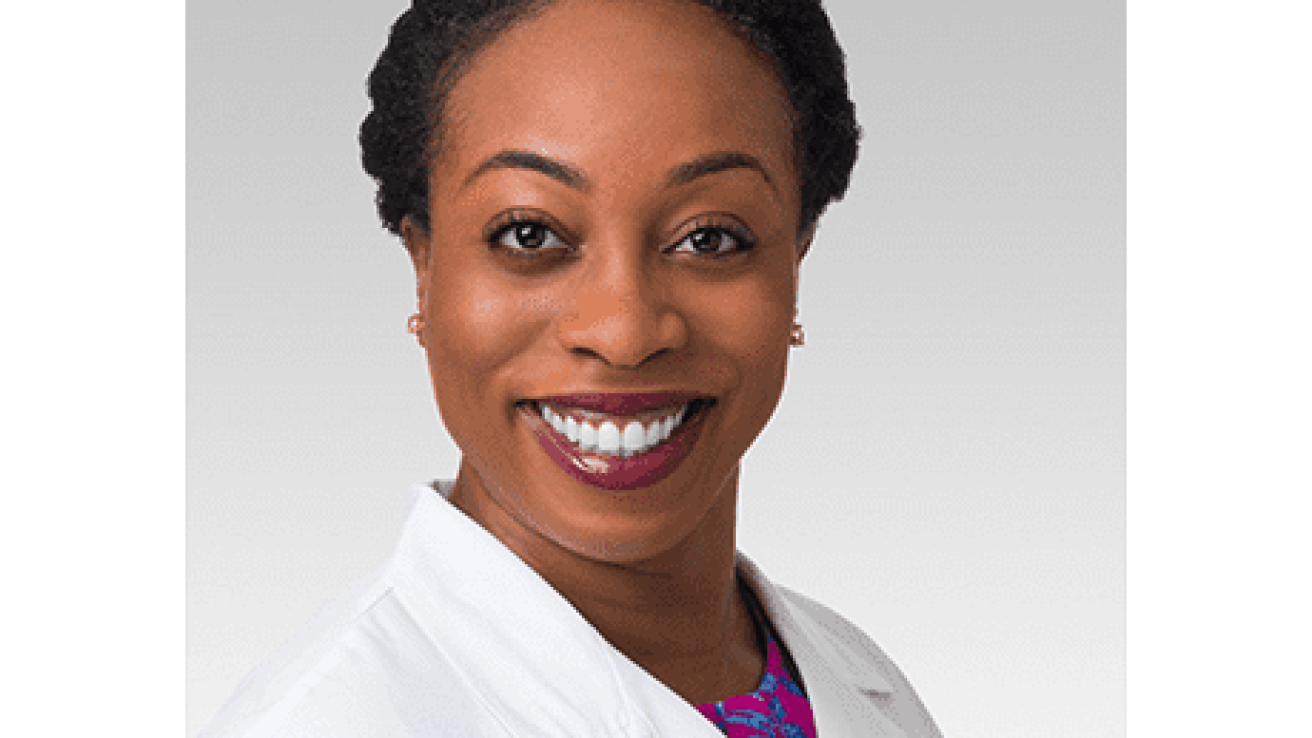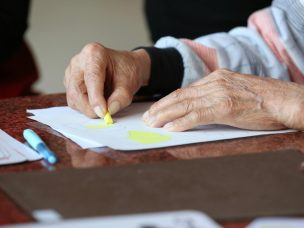In this MD Newsline exclusive interview with dermatologist Dr. Edidiong Kaminska, we discuss how to provide culturally sensitive care and overcome language barriers.
MD Newsline:
How have you been able to implement culturally sensitive care in your practice?
Dr. Edidiong Kaminska:
“I love my practice. My staff looks like the United Nations. When you have diverse staff, you have diverse opinions and ideas, and that makes an organization better. Also, when patients see that, I think they feel more comfortable coming in, especially if they might not see that at other practices. So, I think our patients immediately feel engaged with my staff and myself, and it’s just a welcoming environment.
If you’re not in a position where you can have diverse staff, it’s still super important to make sure that your patients feel welcome and see people that look like them in your patient education materials, etc.”
MD Newsline:
How do you deal with language barriers so that they don’t impede your ability to deliver quality care?
Dr. Edidiong Kaminska:
“I’m affiliated with the hospital, and we have an interpreter phone service we can turn to when we have a patient that speaks a language that my staff and I don’t speak. Also, if the patient comes with a family member, that family member is welcome to help us better understand the patient’s needs, too. So, despite the language barriers that may arise, we have interpreters available to assist our patients so that we can communicate adequately with each other.
I think body language is also super important for connecting with patients. So, even though I have a phone interpreter, I look directly at the patient and speak with them. I don’t look at the phone or hold the phone. And then, the interpreter can interpret, and the patient looks directly at me when answering my questions. So, a body posture that shows you are available for and open to the patient is very important as well.”
Responses have been condensed and lightly edited.









